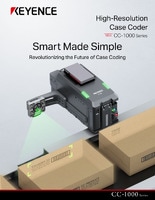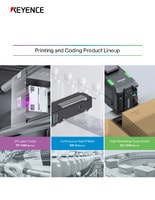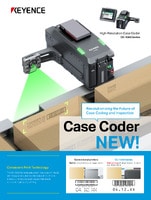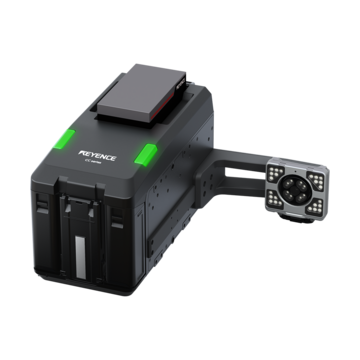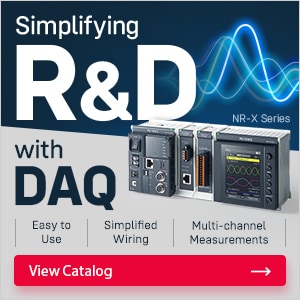Continuous Inkjet Printers / Case Coder
Materials and Products
Production Machines
Printing Applications
Case Coding on Automatic Palletizers Made Easy
In many facilities, the last step before a load leaves the floor is stacking cases onto a pallet. Pairing that process with palletizer case coding means each pallet carries a code that can be scanned at any checkpoint, from the loading dock to the customer’s warehouse. This approach cuts out separate labeling runs and helps catch mismatched shipments before they leave the building.
Why Code at the Palletizing Stage?
End-of-line marking at the palletizer stage delivers the most up-to-date product and batch information possible by printing directly before palletizing. This way, manufacturers can capture late-stage changes such as last-minute order adjustments or rerouted shipments. This timing eliminates the risk of mismatched codes that can happen when cases are marked earlier in the process.
It also supports final-stage inspection and prevents problems that occur when pre-labeled cases are stacked incorrectly or mixed with other SKUs. Automated case printing at this stage makes sure the right code is applied to the right load every time. With the CC-1000 Series, printing and inspection happen in-line, so verification is immediate and defective codes never reach the shipping dock.
We’re here to provide you with more details.
Reach out today!

The Role of Large Character Inkjet Coders
Large character inkjet printers are well-suited for pallet labeling and pallet-level marking, as they handle both porous and non-porous substrates, print multiple lines of text, and include barcodes without sacrificing speed. Their ability to apply high-contrast, durable marks directly to stretch wrap, corrugate, or slip sheets means no secondary labeling step is required.
As labor shortages continue to reshape manufacturing, tasks like case stacking and labeling are increasingly handled by robots. This shift to automation drives the need for advanced in-line inspection systems that can verify code quality immediately after printing, ensuring accuracy without human intervention.
Preventing Mistakes Before Shipment
An integrated print-and-inspect setup (like the CC-1000 Series with built-in verification) checks every code in real time. This prevents errors from slipping past quality control, especially in high-throughput environments where manual checks aren’t practical. Codes are verified for both presence and readability to meet compliance requirements and protect downstream scanning accuracy.
Syncing Coding Systems with Robotic Palletizers
Modern palletizing cells are designed to operate in tandem with upstream and downstream equipment. Integrating automated case printing into this workflow maintains that coding occurs without interrupting palletizer cycles. A well-matched system communicates directly with palletizer controls to time each print precisely as the case enters the print zone.
Robotic palletizers benefit from this because it keeps throughput rates high without adding manual labeling steps. Whether handling single-SKU or mixed-load pallets, the print-and-inspect process adapts to different case sizes, orientations, and stacking patterns without operator intervention.
Key Benefits of Real-Time Printing
- Reduces bottlenecks by eliminating manual label application and keeping pallets moving through the line without extra stops.
- Matches codes to each load configuration, preventing mismatches and ensuring traceability.
- Improves flexibility by allowing operators to change codes instantly for different orders, regions, or compliance needs.
- Streamlines changeovers with unified control of print data and inspection parameters through the same interface, minimizing training time.
Curious about our pricing?
Click here to find out more.
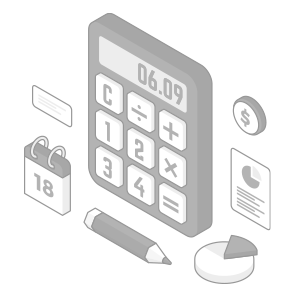
Avoiding Manual Label Bottlenecks
Applying pallet labels manually creates bottlenecks and inconsistencies. Manual application requires workers to wait for a pallet to stop, position the label, and verify placement. This slows down operations and increases the risk of mislabeling. Direct-to-pallet palletizer case coding removes that extra step, letting finished loads move straight to wrapping and shipping.
Avoiding Manual Label Bottlenecks
Integrated large character inkjet printing with verification at the palletizing stage delivers accuracy, efficiency, and compliance without slowing your line. The CC-1000 Series introduces the industry’s first integrated print inspection camera, engineered for precise reading of barcodes and 2D codes on cardboard. It not only verifies the presence of codes but also ensures that barcodes and 2D codes are scannable and error-free. Unlike manual inspections, the CC-1000 Series provides real-time verification right at the point of application, preventing any defective codes from leaving your production line.
Ready to streamline your palletizing process? Contact us today to see how the CC-1000 Series can integrate with your line and eliminate bottlenecks.
Contact us to learn more about how our advanced technology can help take your business to the next level.
Contact Us
FAQs
What If My Palletizer Is Already at Max Speed?
High-speed print and inspection units like the CC-1000 Series can match maximum palletizer throughput without reducing quality.
Is Inkjet or Label Printing Better for Pallets?
Inkjet offers greater flexibility and lower consumable costs, while labels may be preferred for complex graphics or certain substrates.
We’re here to provide you with more details.
Reach out today!

Related Downloads
Related Products
Applications
Materials and Products
- Glass Bottles
- Plastic Bottles/Containers
- Cans
- Wires, Cables, & Pipes
- Pouches
- Metal Parts
- Corrugate Boxes
- Packaging Film
- Kraft Packaging
- Folding Cartons
- Building Materials
- PCBs
- Cartons
- Pallets & Lumber
- Corrugate Trays
Production Machines
- Paper Bag Packaging
- Box Conveyor
- Automatic Palletizer
- Sealer/Taping Machine
- Bottle Filling Machine
- Flow Wrapper

